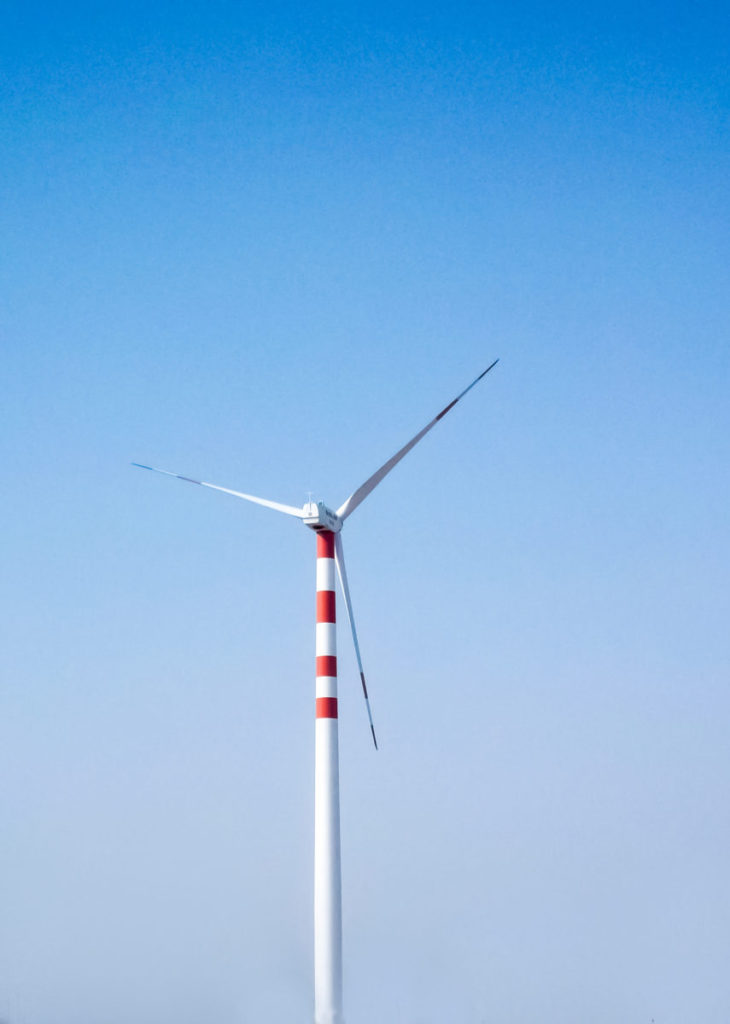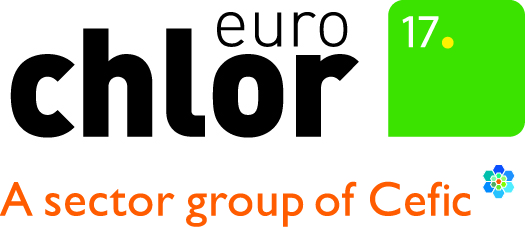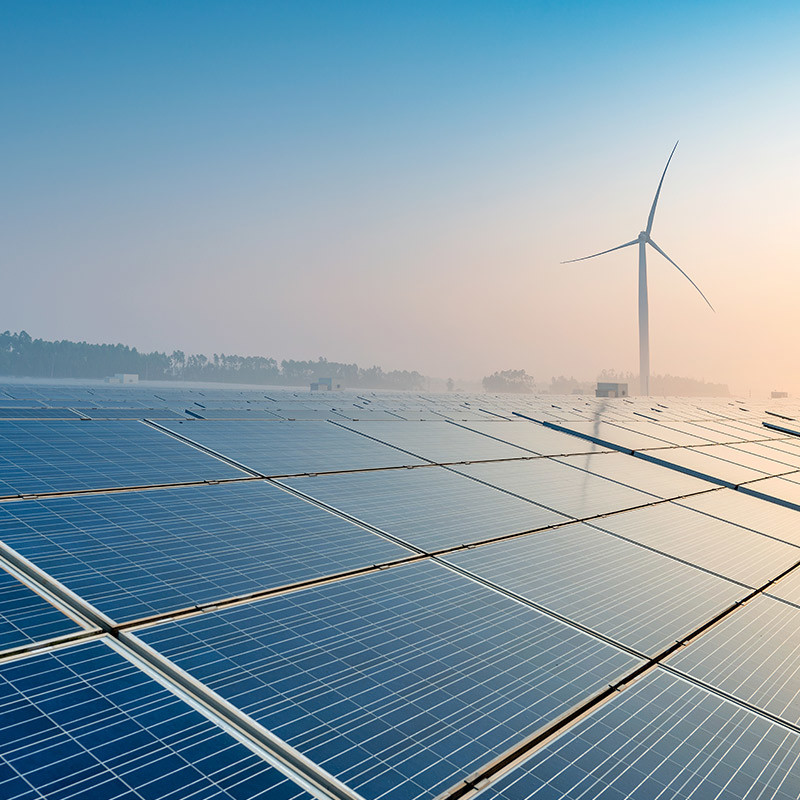Chlorine chemistry keeps wind turbine blades turning
At the end of 2012 Europe had 106 gigawatts (GW) of installed wind turbine capacity – enough to produce 231 terawatts of electricity in a normal year or 7% of Europe’s needs . By 2020, installed capacity is expected to be between 210 and 230 GW.
Wind turbine technology relies on chlorine chemistry for one of its most critical parts – the blades that convert the wind into energy. Made from layers of polyester – a product of chlorine chemistry, the blades are light and flexible, yet strong enough to withstand extremely high winds – especially in offshore wind farms where winds are stronger than onshore.
The lightness of the blades is particularly important. If the blades are heavy, more wind energy is required to start them turning before they can generate electricity. This reduces the overall efficiency of the turbine. Polyester offers a lightweight and efficient solution.
Versatile Epoxy Resin
To keep the layers of polyester together, blade makers typically utilise epichlorohydrin (EPI), an extremely versatile chemical derived from chlorine which is used in a wide variety of applications. More than three-quarters of the world’s EPI production is used to make epoxy resins.
Known as structural or engineering adhesives, epoxy resins are used in applications where high-strength adhesion is required. The exact properties of the adhesives can be tailored to almost any application so it can bond most materials.
Epoxy resins are also excellent electrical insulators. Because of this property, they are used in the generator, switches and insulators of the wind turbine.


